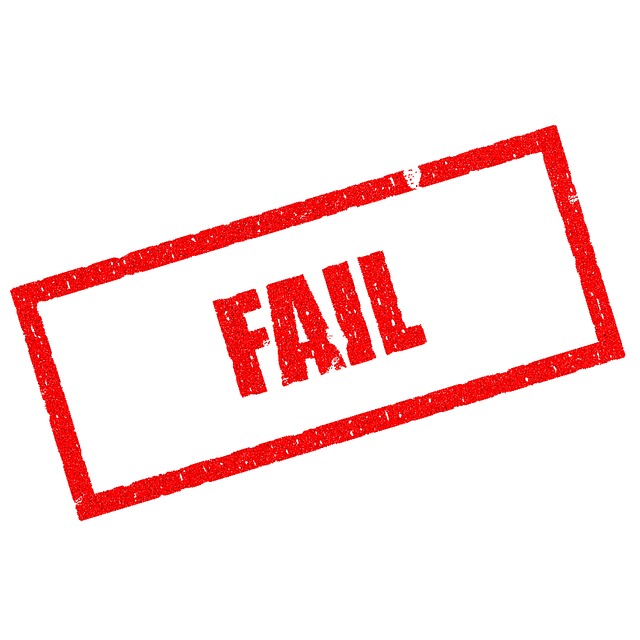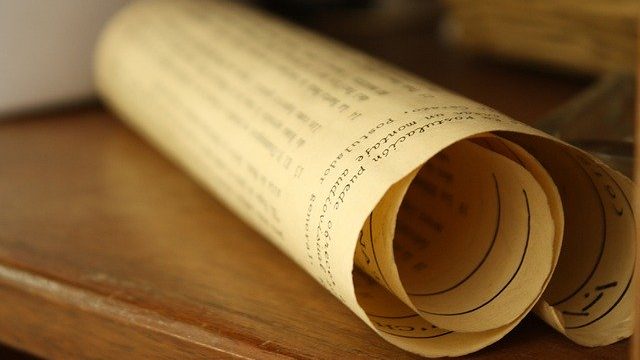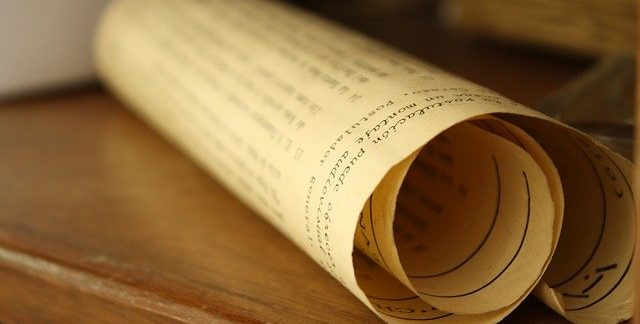Is my manuscript ‘inclusive’?
I was pretty proud of my picture book Spotty Dotty, released late in 2019, for two key reasons. One, it was my first independently published book, and two, because I was confident my ebook was inclusive.

After punching my e-pub file through the DAISY Consortium’s Ace desktop software1 to assess how well the file meets inclusivity standards, I received a report that detailed 37 catastrophic failures.
Oh!
That rather damning report and confidence knock did have a silver lining. The majority of failures would never have resulted had I made a few considerations for the final product at various stages of the production. Spotty Dotty was my first self-published project, and as such I followed a very linear workflow so I could figure out what I had to do when I got to it. As a consequence the data I thought I needed to create my e-pub file was worked out and added at the very end of the process. This linear approach is what got me my flawed product.
Coming into Nippin Parpippin, my second project, I don’t want my final product to experience the same fractures. I also know that getting the foundations right from the beginning for the building you plan to produce is best practice. You simply just can’t insert the rebar after you’ve laid the concrete.
The foundation of any book is the manuscript.

The manuscript
Picture books just as their name suggests are a visual medium as much as oratory. They are designed to be shared, and critical in early literacy education. The words and illustrations work together to create a visual treat. The idea of producing an alternate format of the publication for a person who cannot see and yet provide them with an equitable experience is a significant challenge.
A challenge that the writer must assume their role in regardless of whether the word count is 10 words, 500 words, or 50,000 words.
The originating manuscript is what initiates the production in the first place. The writer has a story to tell, a story to share, and as such, that story, those words need to address inclusivity.
What makes my manuscript inclusive?
From what I have managed to garner there are 4 key characteristics or filters that a picture book manuscript needs to address in order to fulfill the requirements of an inclusive book.
1. An inclusive manuscript is deliberate in its adjective selection.
Julie Ganner AE from the Australian Inclusive Publishing Initiative said in a presentation for the Institute of Professional Editors2, writers and editors need to watch for ‘abstract concepts’ created through descriptive sentences. She used an example of an alphabet book showing the words ‘B is for blue ball’ accompanying a photo of a blue ball. In this example, she discussed the inequity that the word ‘blue’ created between a sighted reader and a blind or colour blind reader. Blue has no meaning to someone who has no concept of it. In many of the writing workshops I have attended the emphasis on writing powerful picture book manuscripts is a ‘show don’t tell’ modis operandi. That is fine for a non-inclusive end product. That’s not to say that the ‘show don’t tell’ approach cannot work, but the author must take more time to consider the variation of adjectives that enrich the story. Writers need to expand on the ‘see’ sense and incorporate more readily adjectives that emote, smell, sound, and capture the full variety of our senses. There is a phrase in Nippin Parpippin that got caught in a similar predicament, and interestingly the first editor suggested the insertion of the colour adjective. This was interesting to note as editors too would need to understand the nuances in word choice for inclusivity.

2. An inclusive manuscript fills the gaps
Eliminating abstract concepts doesn’t mean that picture books can’t have visual-heavy descriptors. On the contrary, the primary purpose of the picture book is to create a visually rich narrative. If the writer settles on ‘the sunset was a deep orange’ a ‘gap’ is created. This gap represents what is now present in one format and not in the other.
The sighted reader will connect the illustration of the sunset to the word orange while the blind child would be left only with the abstract concept of the sky. The inclusive manuscript will have highlighted this gap in equity, and provide image description text to insert into the e-pub file. This image description is available for the blind reader to access and make the association of what the sky looked like through the alternate method. The gap is recognised, or a potential gap is recognised long before a final draft is even signed off. My Nippin Parpippin project had a part where I wanted to visually show a character flying through the air without using any word count. The movement of the character to the crash landing was vital to the flow of the narrative. I pained over how this movement could equitably be translated without narrative. In this instance instead of relying on image description text, I compromised by working onomatopoeia into the verse which proved economical, however, I have noted that there is the potential for an information gap for some readers.
3. An inclusive manuscript has illustration notes
It’s been made very clear to me over a number of workshops that traditional publishers are not fans of illustration notes, and request that authors not put them in their manuscripts. This practice supposedly stifles the freedom of the illustrator to visually interpret the author’s words. There are however instances where the writer clearly intends for a part of the story to be interpreted without the need for words.
An excellent example of this is the well known Pamela Allen book Mr Archimedes’ bath. The text ‘…this time he measured the depth’ is supported by an image of Mr Archimedes in his clothes marking how deep his bath is filled with water. The following page has the text ‘But the water rose’. It’s picture shows everyone climbing in and water spilling everywhere. There is a gap in information for the blind reader. How do they know why the water rose without the text?
In this instance the author’s illustration note isn’t purely for the illustrator but to also identify a potential gap of missing information between the alternative publications. It’s data that’s needed to build the e-pub. Given that writing is the expertise of the author and not the illustrator it makes more sense that the author provide the text to describe the missing information that will improve the equitable reading experience. Illustration notes suddenly hold vital information for image descriptions as opposed to curbing illustrator freedoms, and they are collected, edited, and incorporated into the publication right from the foundations. It’s like creating the data set that determines where the rebar has been laid so when the concrete is poured any potential weak areas can be identified and accommodated, instead of random guesses after walls and roofing has gone up.
As an independent publisher, I have the luxury of formatting my manuscript with all the necessary illustration notes, knowing that they will build the code needed for my inclusive e-book.
4. An inclusive manuscript is consistently and clearly formatted
There are typically few formatting requirements for picture books manuscripts. They pertain largely to font size, line height and font family for consistent easy reading by editors and publishers.
The design/typesetting phase of a picture book essentially imports the originating word document and text is stripped of formatting and transformed to graphically support the illustrations in computer design software. The designer assumes the responsibility for ensuring text is transferred correctly rather than the author.
Because the idea of the originating manuscript for picture books contains suggested meta-data and image descriptions is evolving and as yet not standard I can’t comment on what that formatting would be. I would hazard a guess that it follows the same principles and standards of text-books, and other publications that already require heavy up-front collaboration of meta text.
It would be my suggestion that best practice for picture book manuscripts is in fact the submission of two documents. The first is the manuscript presented as is currently done, the bare basic formatted script with nominal to minimal illustration notes formatted between parentheses assigned to the suggested book pagination. The second document is the manuscript as the author imagines to match that edit of the script with the text, image descriptors, and any meta-data that matches the same pagination as the narrative in the previous document.
Both documents work hand in hand, however, one document is an import document to the design software and the other is the growing and adapting document required for the development of the e-book. Because this grows and changes as the script does with the illustrations and the design, it remains active throughout regardless of whether the manuscript text is signed off.

The finished document
As I come to the final stages of editing my Nippin Parpippin manuscript I can already see how these small extras will help build the e-book in many months from now. I have addressed the 4 key points outlined above. The second part of the master manuscript remains a live working document that I know will be altered and added to along the path to publication. I’m very aware of the less creative input I have had to draft as part of this process, but given the creation of this project has been masterminded by myself as the author I am of the opinion I need to be involved in getting the rebar down.
My manuscript exists with the goal of being inclusive, and I certainly feel confident that having addressed adjective usage, analysed missing data gaps, inserted image descriptions and notes, formatted with screen readers and the end e-book in mind, I have as close to an inclusive manuscript as I can get with the experience that I have.
I also know that the manuscript is a living document that will collect and log inequities as the project evolves so that the final product excludes nothing for any reader regardless of ability.
So for Nippin Parpippin, my manuscript is on track to seamlessly mold into the alternative formats it will end up in. It has definitely been born with inclusion in mind. My next manuscript will be stronger again, so to the one after that. With more readers able to access the final product the greater variety of feedback I can receive. Win-win.
1. DAISY Consortium; Ace (https://daisy.org/activities/software/ace/) Desktop software that checks accessibility compliance
2. Accessibility and inclusion: what authors and editors need to know about changes in the publishing industry – recorded webinar. Presented by Julie Ganner AE to Editors NSW November 5th 2019.

